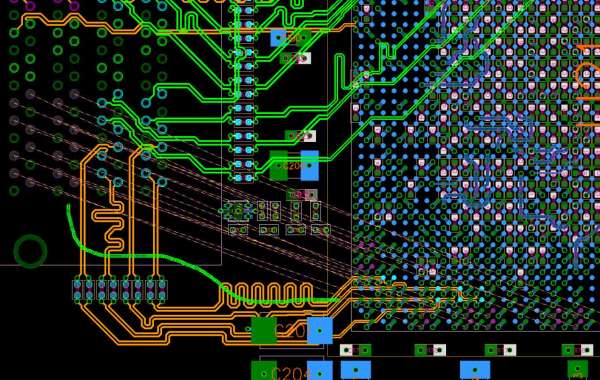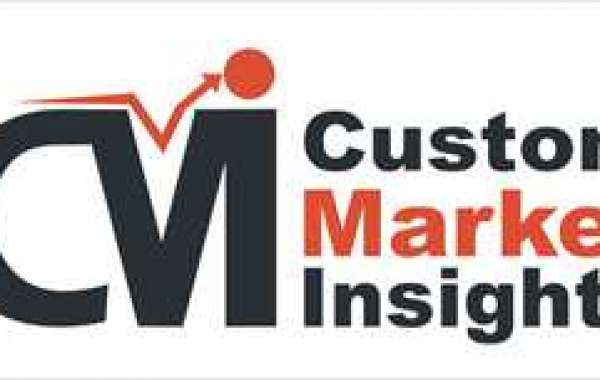Introduction:
In the dynamic landscape of digital design verification, achieving thorough validation of hardware components is paramount. The Universal Verification Methodology (UVM) and the emergence of the Portable Stimulus Standard (PSS) have significantly impacted the efficiency and effectiveness of verification processes. This article delves into the integration of UVM Register Models and the Portable Stimulus Standard, elucidating how this synergy enhances the comprehensive verification of intricate hardware designs.
UVM Register and Its Role in Verification:
UVM Register serves as a pivotal component in the UVM framework, providing a systematic methodology for modeling and verifying hardware registers within a digital design. Registers, which control and monitor the behavior of digital components, are critical elements requiring meticulous validation.
Key Features of UVM Register:
Address Maps: UVM Register employs address maps to organize and structure registers within a design. This hierarchical organization enhances the verification process by offering a clear representation of the register layout.
Field Abstraction: Registers consist of fields representing specific functionalities or bits. UVM Register allows the abstraction of these fields, enabling focused verification of individual functionalities and facilitating modular testing.
Built-in Functionalities: UVM Register provides built-in functionalities for common register operations, such as read, write, and update. This standardization streamlines the verification process and enhances reusability across different projects.
UVM Register Model: Bridging the Gap Between Software and Hardware:
The UVM Register Model acts as a bridge between the software testbench and the hardware design, providing a behavioral representation of registers. This abstraction allows verification engineers to interact with registers at a higher level, simplifying the creation of test scenarios and contributing to a more intuitive verification environment.
Key Aspects of UVM Register Model:
Behavioral Representation: UVM Register Model offers a behavioral representation of registers, allowing verification engineers to work at a higher level of abstraction. This facilitates the creation of intuitive test scenarios, enhancing overall verification efficiency.
Transaction-Level Modeling: Leveraging transaction-level modeling, UVM Register Model enables the creation of abstract transactions that represent high-level operations on registers. This abstraction simplifies the testbench code and enhances its expressiveness.
Register Sequences for Automation: UVM Register Model supports the creation of register sequences – predefined sequences of register transactions. These sequences automate common test scenarios, contributing to a more efficient and automated verification process.
Portable Stimulus Standard: Streamlining Verification Across Platforms:
The Portable Stimulus Standard (PSS) brings a new dimension to hardware verification by providing a standardized and reusable way to describe test scenarios. It enables the creation of portable, specification-driven test descriptions that can be reused across different levels of abstraction and various verification platforms.
Key Features of Portable Stimulus Standard:
Specification-Driven Test Descriptions: PSS allows engineers to specify test scenarios at a higher level of abstraction, independent of the implementation details. This specification-driven approach promotes reusability and portability of test descriptions.
Abstraction Across Platforms: PSS supports abstraction across different levels of verification, from IP blocks to system-level verification. This abstraction ensures that test scenarios remain relevant and adaptable throughout the design hierarchy.
Automatic Test Generation: PSS enables the automatic generation of test cases based on the specified scenarios. This automation minimizes the effort required for test development, allowing verification engineers to focus on higher-level verification tasks.
Integration of UVM Register Models and Portable Stimulus: A Synergistic Approach:
The integration of UVM Register Models and the Portable Stimulus Standard brings a synergistic approach to hardware verification. By combining the precision of UVM Register Models with the portability and reusability of Portable Stimulus, engineers can create a robust verification environment that adapts to evolving design requirements.
Advantages of Integration:
Unified Test Scenario Specification: The integration ensures a unified and standardized approach to specifying test scenarios. Engineers can leverage the behavioral representation of UVM Register Models while benefiting from the portability offered by the Portable Stimulus Standard.
Efficient Register-Level Testing: UVM Register Models excel at register-level testing, and their integration with Portable Stimulus allows for the creation of abstract scenarios that can be easily reused across different projects. This enhances the efficiency of register-level testing across diverse designs.
Adaptability to Changing Design Specifications: The combined approach provides adaptability to changes in design specifications. As the design evolves, engineers can seamlessly update test scenarios specified in Portable Stimulus, while UVM Register Models ensure the precision of register-level testing is maintained.
Conclusion:
In the ever-evolving landscape of hardware verification, the integration of UVM Register Models and the Portable Stimulus Standard represents a strategic approach to achieving comprehensive and efficient validation. Leveraging the precision of UVM Register Models alongside the portability and reusability of Portable Stimulus, engineers can navigate the complexities of modern digital designs with agility and assurance. This integrated methodology not only streamlines the verification process but also positions verification teams to meet the demands of evolving design landscapes with precision and efficiency.










